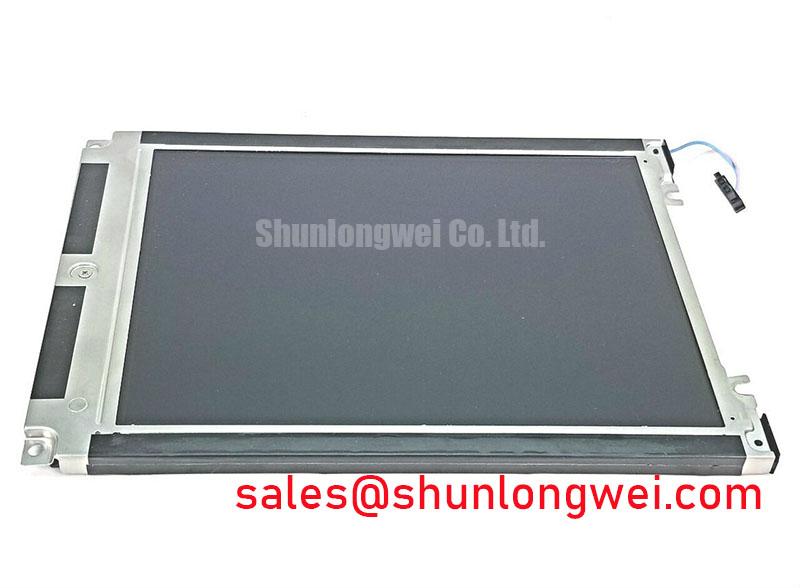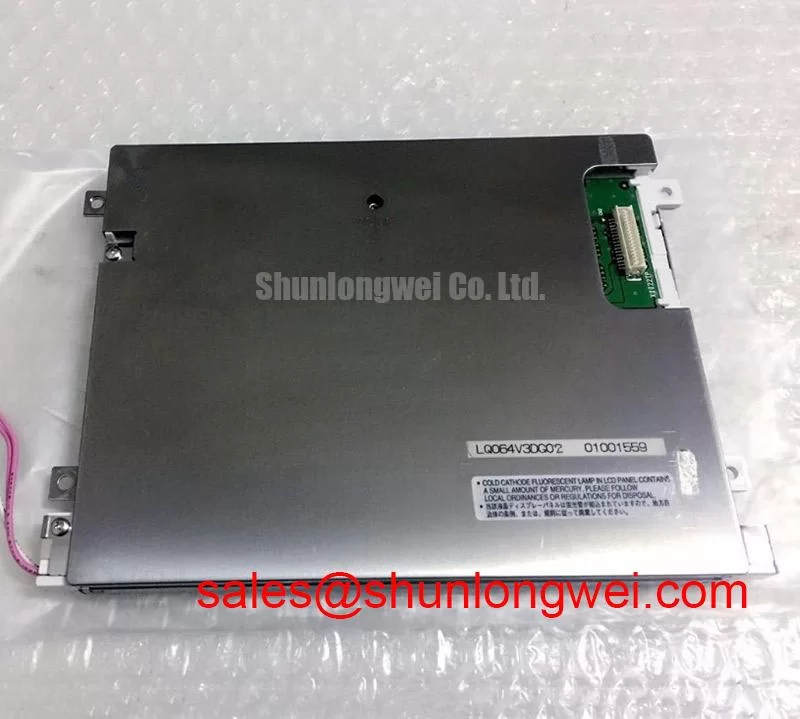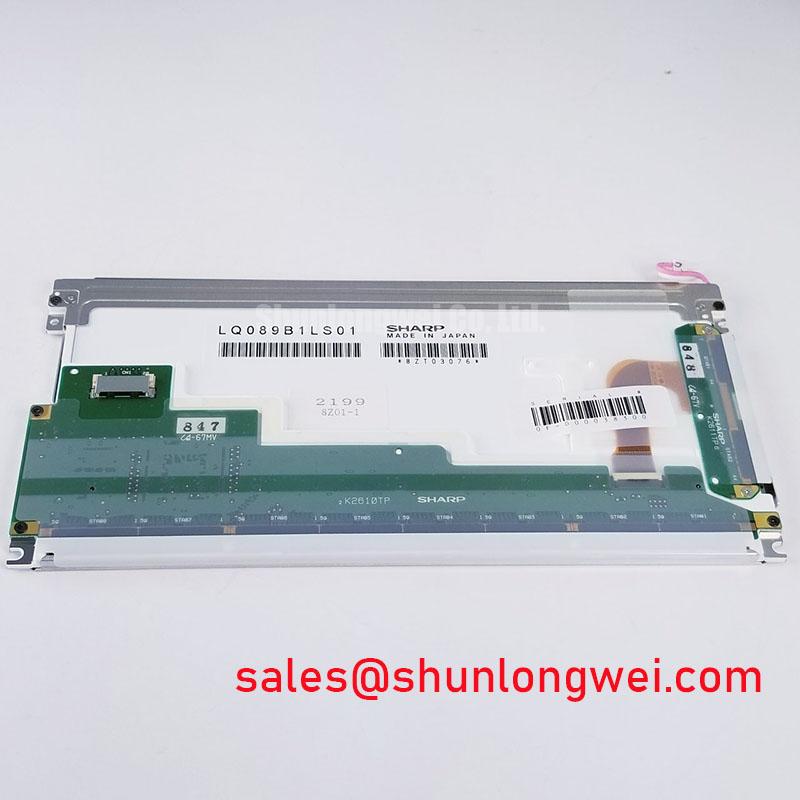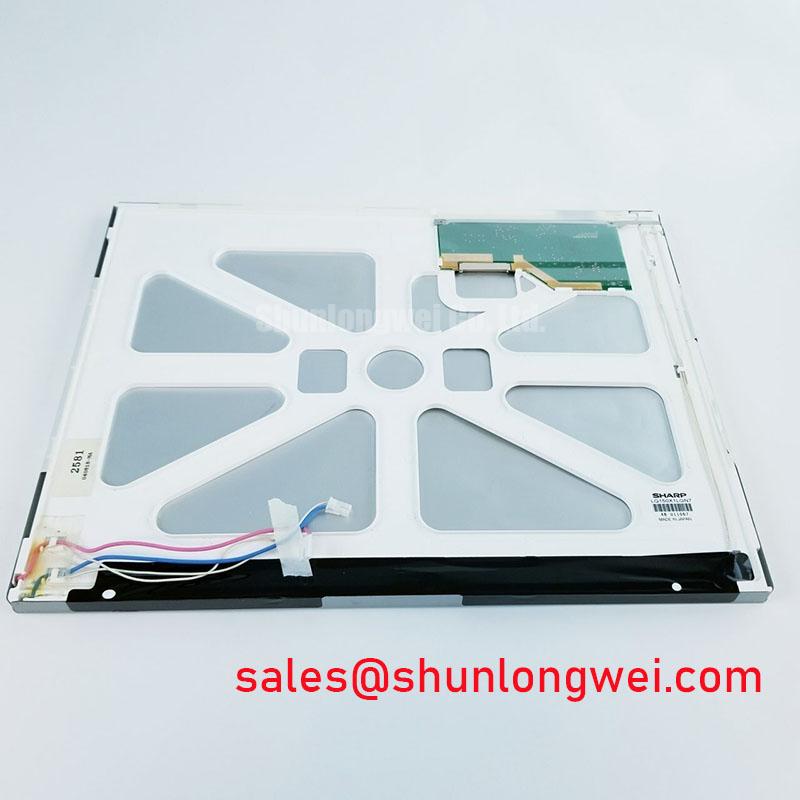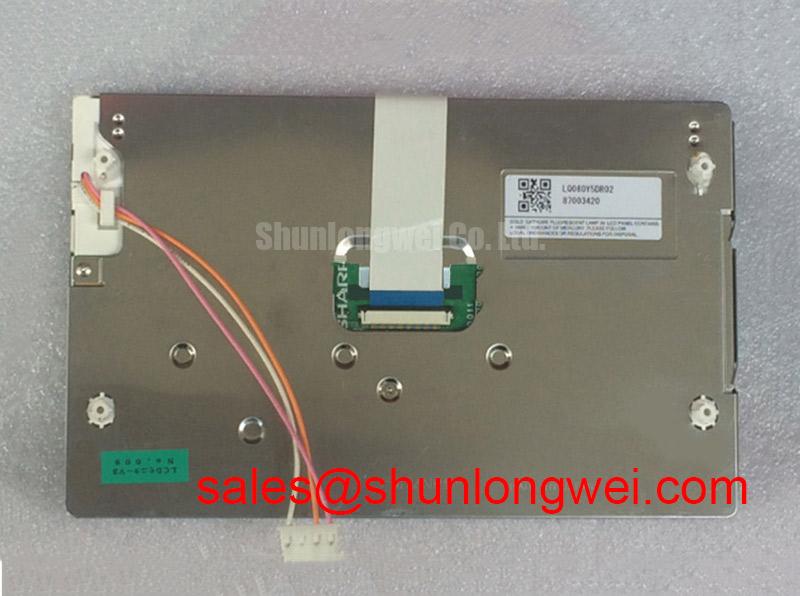Sharp LM64C353: A Technical Guide to the 9.4-inch Monochrome VGA LCD Display
Introduction and Key Highlights
The Sharp LM64C353 is a 9.4-inch FSTN monochrome LCD module engineered for clear, high-contrast visual output in demanding industrial environments. It delivers robust performance for human-machine interfaces (HMIs) where data legibility is critical. With key specifications of 640x480 VGA Resolution | 22:1 Contrast Ratio | CCFL Backlight, this display provides two core benefits: exceptional readability and simplified system integration. It is designed to address the challenge of interfacing with established control systems that require a standard, reliable VGA-compatible display without the complexity of modern color interfaces. For industrial applications requiring a proven, high-clarity monochrome display, the LM64C353 offers a dependable solution.
Key Parameter Overview
Decoding the Specs for Seamless System Integration
The technical specifications of the LM64C353 are tailored for straightforward integration into industrial equipment, instrumentation, and control systems. The parameters below are grouped by function to facilitate a rapid evaluation for your design requirements. Each specification is derived from the official manufacturer's datasheet, ensuring accuracy for your engineering review process.
| Feature Category | Parameter | Specification | Engineering Significance |
|---|---|---|---|
| Optical Performance | Display Technology | FSTN (Film-compensated Super-twisted Nematic) | Provides high contrast and a wide viewing cone for a monochrome passive-matrix display. |
| Optical Performance | Resolution | 640 x 480 pixels (VGA) | Industry-standard resolution ensures compatibility with a wide range of legacy and embedded systems. |
| Optical Performance | Contrast Ratio (Typ.) | 22:1 | Ensures crisp, clear differentiation between on and off pixels for unambiguous data and text readability. |
| Optical Performance | Response Time (Typ.) | 350 ms (Tr+Tf) | Suitable for applications with static or slow-changing graphical information, such as process monitoring. |
| Electrical Interface | Logic Supply Voltage (VDD) | +5.0 V | Utilizes a common logic level, simplifying power supply design in many embedded systems. |
| Backlight System | Backlight Type | 1 x CCFL (Cold Cathode Fluorescent Lamp) | Provides bright and uniform illumination across the entire display area. Requires a separate inverter. |
| Mechanical Specifications | Active Area | 192.0 (W) x 144.0 (H) mm | Defines the usable screen real estate for interface design. |
| Mechanical Specifications | Module Dimensions | 256.0 (W) x 165.0 (H) x 12.0 (D) max mm | Provides the critical outer dimensions for mechanical enclosure and mounting design. |
| Mechanical Specifications | Weight | 470g (max) | Specifies the component weight for structural and portability considerations in the final product. |
Disclaimer: The parameters listed above are for quick reference. They are subject to change without notice.
Application Scenarios & Value
System-Level Benefits in Industrial Control and Instrumentation
The LM64C353 is optimized for applications where visual clarity and operational reliability are more important than color representation. Its design addresses the specific engineering challenge of upgrading or maintaining legacy systems that were originally designed around the VGA standard, thereby extending the life of capital equipment and minimizing redevelopment costs.
A prime application is in the control panels of Computer Numerical Control (CNC) machines. In this environment, operators need to view G-code, tool paths, and machine status with absolute clarity. What is the primary benefit of its high contrast ratio? It ensures that critical numeric data and text are legible from various angles and under typical factory lighting conditions. The 22:1 contrast ratio acts much like the difference between reading a freshly printed book and a faded newspaper; it eliminates ambiguity, which is critical when precision is measured in micrometers. For systems that require a similar industrial-grade display but with a different form factor, the LM64183PR presents an alternative mechanical outline for evaluation.
- Test and Measurement Equipment: Ideal for displaying waveforms, readings, and status indicators where monochrome rendering provides sufficient detail.
- Medical Instrumentation: Suitable for patient monitoring systems that display vital signs and numerical data, where focus is on legibility and reliability.
- Process Control Systems: Effectively visualizes process flow diagrams, setpoints, and alarm statuses in factory automation and SCADA systems.
Technical Deep Dive
A Closer Look at the FSTN Technology and CCFL Backlight
Understanding the core technologies of the LM64C353 reveals its value proposition for specific industrial contexts. The display utilizes Film-compensated Super-twisted Nematic (FSTN) technology, a sophisticated form of passive-matrix LCD. While active-matrix TFT-LCD displays offer faster response times, FSTN provides an excellent balance of high contrast and cost-effectiveness for monochrome applications. The "film compensation" layer is key; it corrects the optical phase shift, resulting in a true black-and-white display rather than the blue-and-yellowish tint common in older STN screens. This directly enhances readability for operators who monitor the screen for extended periods.
The illumination is provided by a single Cold Cathode Fluorescent Lamp (CCFL). Think of the CCFL as a rugged, miniature fluorescent tube designed for longevity and stable brightness. While modern displays often use LED backlights, the CCFL in this module was a proven, reliable technology for its era, known for its diffuse and even light output. This uniformity prevents "hot spots" or unevenly lit areas on the screen, a crucial feature for accurately reading graphical data. The integration of a CCFL requires an external inverter to supply the necessary high voltage, a standard design consideration for systems incorporating this type of display.
Frequently Asked Questions (FAQ)
What are the primary interface signals required to drive the LM64C353?
The LM64C353 requires standard logic signals for operation, including a data clock (CL), horizontal and vertical sync signals (HSYNC, VSYNC), and 4-bit parallel data lines to control the pixel state. A +5V logic supply and a separate LCD drive voltage (VEE), typically around -22V, are also necessary for operation.
How does the 350 ms response time affect potential applications?
A response time of 350 ms is best suited for displaying static or slowly updating information. It is ideal for HMIs showing numerical readouts, status indicators, or simple graphical menus. It is not intended for full-motion video or rapidly moving cursors, as ghosting or blurring may occur.
Does the CCFL backlight have a limited lifespan, and is it replaceable?
Yes, like all CCFLs, the backlight has a finite operational life, typically rated in tens of thousands of hours to half-brightness. The datasheet specifies information on backlight lifetime. While the CCFL is an integral component, its replacement is a specialized service that depends on the unit's mechanical construction.
Engineering Support and Component Sourcing
As you evaluate the Sharp LM64C353 for your system design, our team is available to provide access to technical documentation and support your procurement process. We specialize in sourcing a wide range of display technologies and can assist in navigating the complexities of component selection for new designs and legacy system support. Please contact us for further inquiries or to discuss your specific application requirements.








